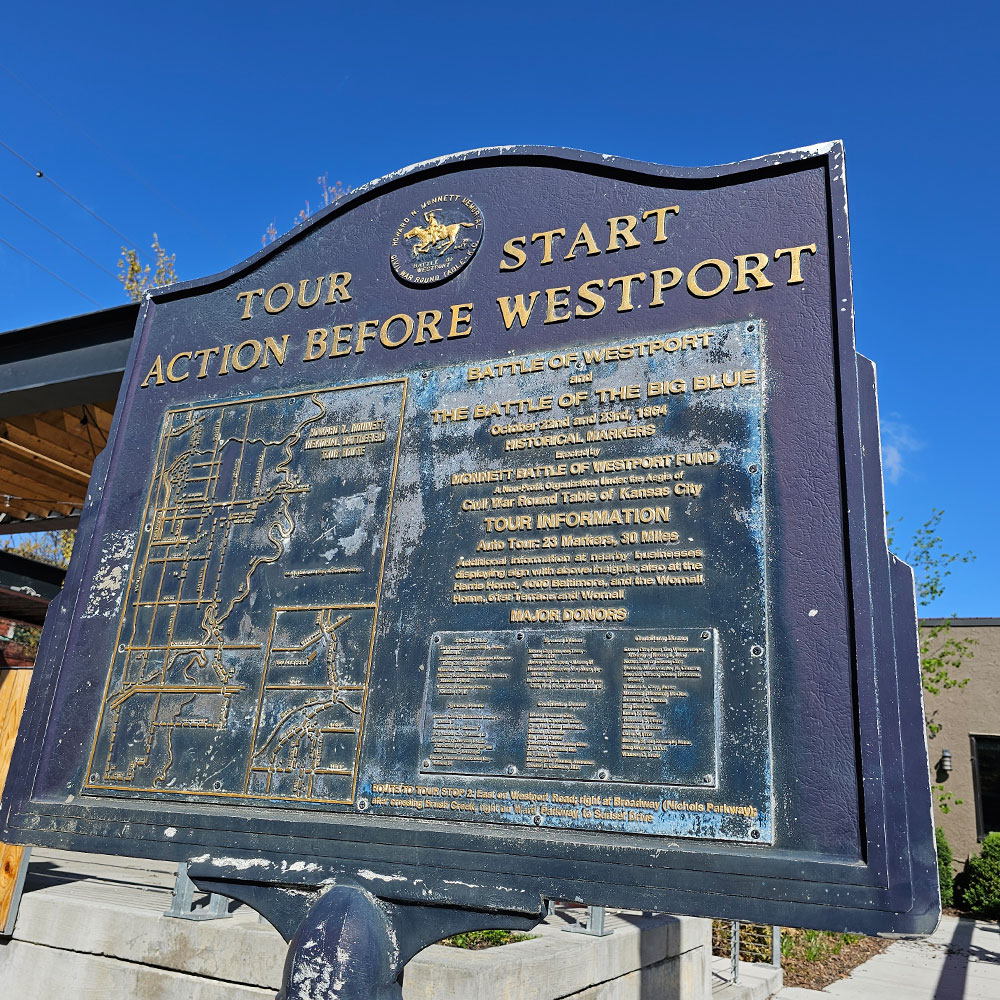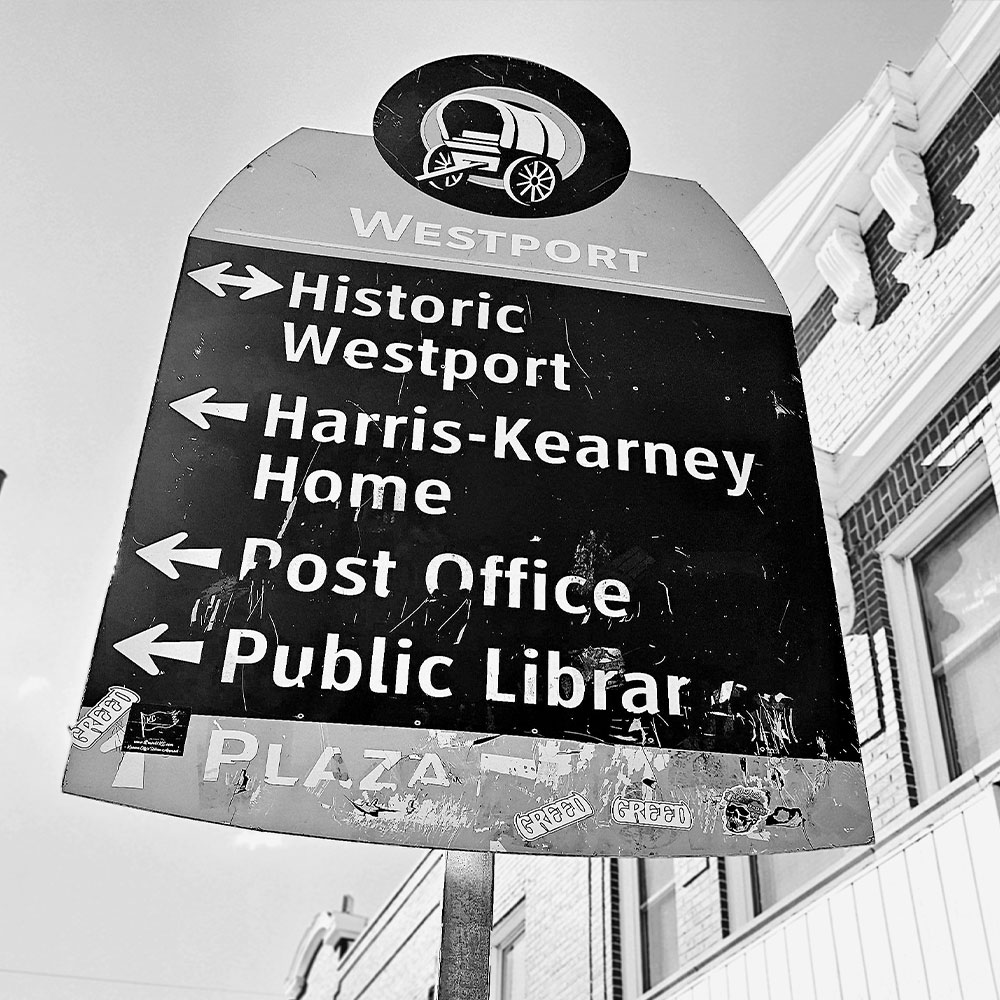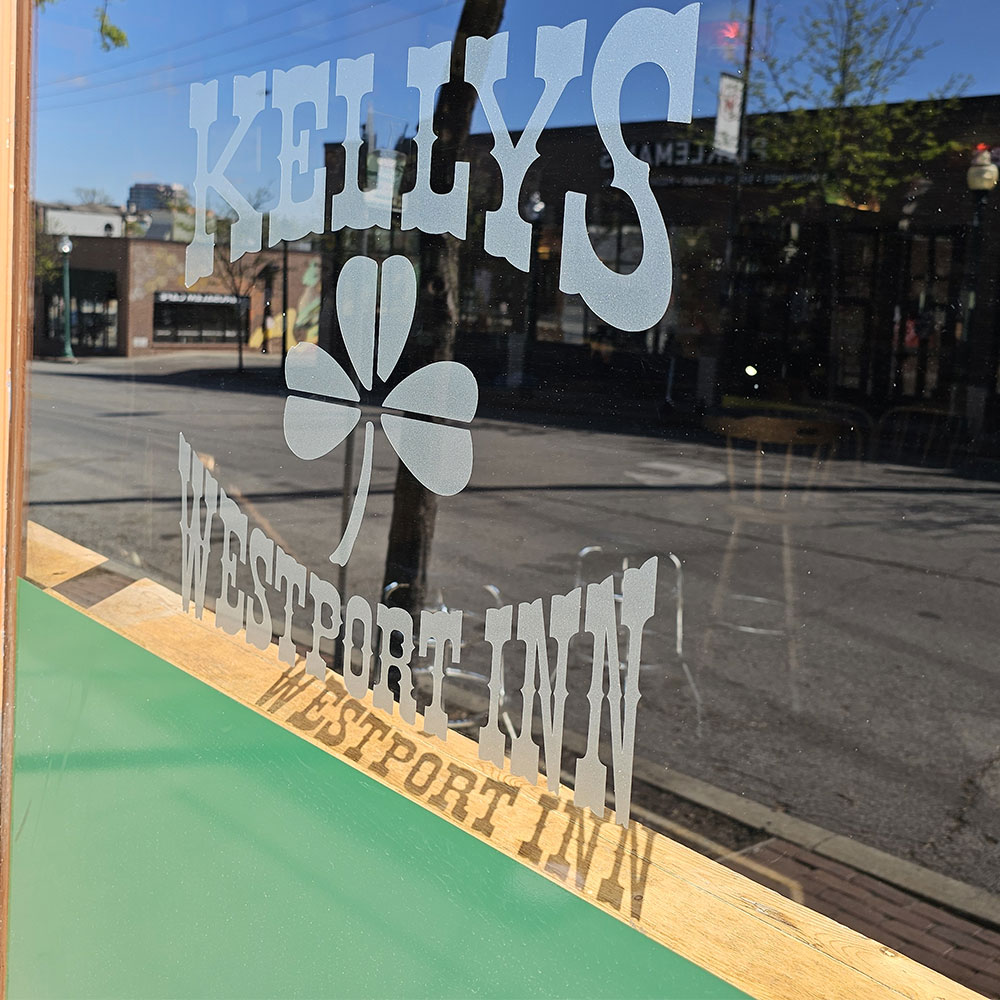Kansas City has several historically significant trails, including the Oregon, California, Santa Fe, and Lewis & Clark National Historic Trails. These trails played a crucial role in the United States’ westward expansion, with Westport serving as a critical hub for explorers, emigrants, and traders. The Oregon, California, and Santa Fe Trails converged within Kansas City, known locally as the Independence Route or the Westport Route.
History of Westport: Where the West Began
A Gateway to the Frontier:
The Significance of Westport in American History
The Strategic Importance of Westport in Westward Expansion
Why Westport Became a Key Starting Point for the Overland Trails
- Strategic River Location: The Missouri River’s bend made it an ideal “jumping-off” point for travelers transitioning from river to overland travel. Early travelers would sail up the river as far as possible before embarking on the trails westward.
- Political Boundaries and Indian Territory: Missouri’s western border marked the edge of American settlement due to the Indian Removal Act of 1830, which designated lands west of the Missouri River as Indian territory, prohibiting white settlements. This political boundary made Missouri, particularly Westport, a frontier outpost for over 30 years.
- Geographical Advantage: Westport’s location offered practical advantages over other points like Independence. The Westport Landing provided a more convenient and accessible rock landing at the river’s edge, crucial for outfitting and resupplying wagon trains.
- Proximity to the West: Being farther west than Independence, Westport saved travelers crucial miles on their arduous journeys. Additionally, departing from Westport meant avoiding the difficult Blue River crossing.
- Commercial Hub for Wagon Trains: Westport thrived as an outfitting center, supplying everything from food and wagons to animals and provisions. This trade attracted people to the area and fueled the town’s prosperity, eventually contributing to the development of Kansas City.
- Indian Trade: The Indian Removal Act brought relocated tribes to the West, where they spent treaty money in nearby white towns and forts, significantly boosting Westport’s economy.
The Founding of Westport
In December 1831, Reverend Isaac McCoy and his family arrived in the area, including his son John Calvin McCoy. A Baptist missionary, Isaac McCoy aimed to minister to the local Indian tribes. The family built their home on a hill, now the site of St. Luke’s Hospital. John Calvin McCoy, only 19 at the time, would later become the founder of Westport and a co-founder of the Town of Kansas, now Kansas City.
Before the McCoys, the Daniel Yoacham family from Tennessee had already settled in the area, establishing the first hostelry and tavern. By 1833, John Calvin McCoy had constructed a two-story log building at the corner of Westport Road and Pennsylvania Avenue, serving as a business hub and residence. He worked with J.P. Hickman and J.H. Flourney to engage in commerce with Native Americans and frontiersmen, supplying goods to wagon trains.
In 1834, after purchasing land from Dr. Johnston Lykins, McCoy platted the town and named it Westport, reflecting its role as a gateway to the West. By 1835, the town had a post office, and McCoy was appointed postmaster. Westport was officially incorporated in 1857 and became a bustling center for trade and travel on the western trails.


The Growth and Decline of Westport
During its peak, Westport prospered as the eastern gateway to the western trails. The town’s population reached around 2,000 by 1858. However, following the Civil War, Kansas City, founded by McCoy in 1839, emerged as the dominant community. Westport’s significance dwindled, leading to its annexation by Kansas City in 1897, a decision legally settled by the Missouri Supreme Court in 1899.
Westport Today
Despite its integration into Kansas City, Westport maintains a distinct identity. Old Westport’s historical legacy endures, with its rich heritage preserved for future generations. Though much of the original frontier village is gone, the spirit and history of Westport remain an integral part of Kansas City’s cultural tapestry.

We're incredibly grateful for our generous donors.
The Westport Historical Society relies solely on donations and grants, without any town or government funding. Your contributions are essential. Please consider making a donation to help us continue preserving history and offering engaging programs.


Have questions? Contact the Westport Historical Society. Whether you need details on visiting, events, or educational programs, our team is ready to help you connect with history.
Visit Us
2025 Museum Hours:
All Guided Tours
Open: MAR 1st – DEC 14th 2025
- Fri & Sat 1-4pm
- Sun 1-4pm
- Or by Appointment
- Closed Dates for Museum & Tours
2025 Museum Fees:
Admission includes guided tour and featured exhibits
- $10 Adults
- $ 7 Seniors 65+ & Veterans
- $ 7 Students 12-18
- $ 5 Children 6-11
- FREE Children 0-5
- FREE WHS members
Contact Us
Phone
- Museum Office: Temporarily Unavailable
- Cell: (913)787-1707
On The Map
4000 Baltimore Ave.
Kansas City, MO 64111
An association chartered in 1950 of men and women who have an interest in the early history of Westport and Kansas City. WHS is a tax-deductible 501(c)(3) Not-for-Profit Organization. TIN: 43-6064569
Thank you for supporting our mission, which is to Preserve, Protect, and Promote the history of West Port, the Town of Kansas, and early Kansas City.
WHS is a Safe Place for visiting, learning, and sharing, and in order to foster a positive environment, we have zero tolerance for unfriendly, unkind, and aggressive behavior.
